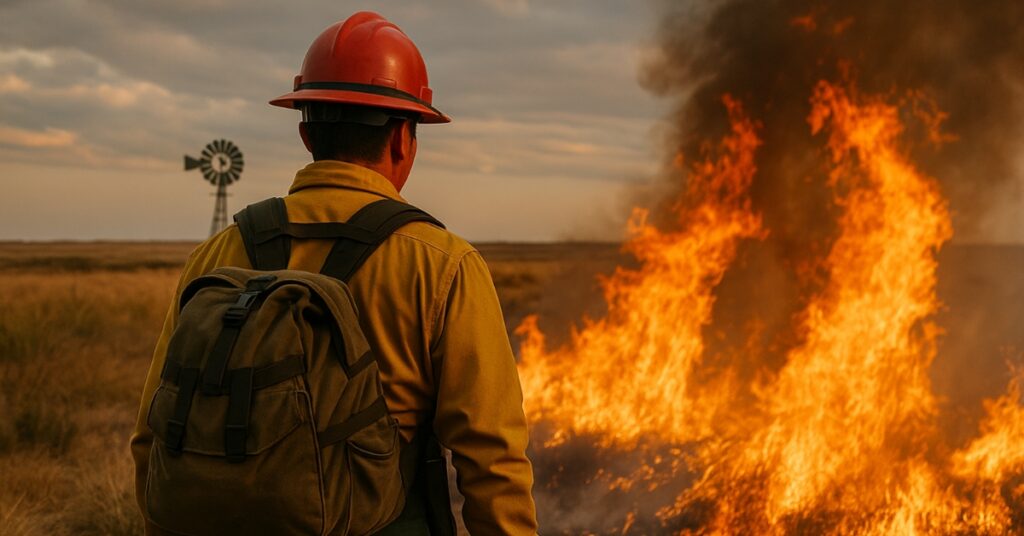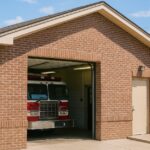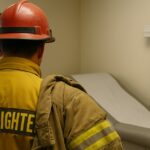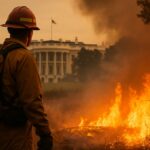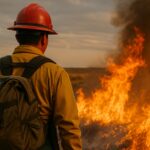A Wake-Up Call
The devastating 2024 Smokehouse Creek Fire served as a stark reminder of Texas’s vulnerability to catastrophic wildfires. It was the largest blaze in Texas history, and it scorched more than 1 million acres across the Panhandle.
The disaster prompted immediate action from state leadership. Under the leadership of Rep. Ken King from the town of Canadian, a special investigation revealed critical gaps in wildfire prevention, response coordination, and regulatory oversight.
Response: Legislative Actions to Fight Wildfires
King’s findings have now given birth to one of the largest reforms to firefighting policy in the State’s history. These bills promise a complete overhaul in the way local forces prevent and respond to fires.
Senate Bill 34
The most comprehensive piece of Texas wildfire legislation in 2025 was Senate Bill 34. This was filed by state Sen. Kevin Sparks of Midland and co-sponsored by Rep. Ken King of Canadian.
The SB 34 wildfire reforms address multiple aspects of wildfire preparedness and response. The primary focus will involve a comprehensive examination of fuel loads (materials likely to catch fire, like dry grass) under the purview of the Texas A&M Forest Service and West Texas A&M University.
This research will map wildfire risk zones in Texas and offer projections on estimated loss of life, property damage, natural resource impacts, and financial recovery costs. The study, due by December 1, 2026, will be submitted to the governor, lieutenant governor, and Legislature.
This bill will also earmark at least 10% of all funds from the Rural Volunteer Fire Department Assistance program to these identified high-risk areas.
Finally, SB 34 creates a statewide database of firefighting equipment accessible to all fire departments, which will prevent the coordination failures that plagued the Panhandle fires.
Senate Bill 868
Recognizing the funding challenges facing rural fire departments, Senate Bill 868 removes caps from the Rural Volunteer Fire Department Assistance program.
This will help clear a backlog of nearly $200 million in funding requests from departments across the State. By improving grant disbursement, SB 868 will also facilitate the implementation of SB 34.
House Bills 143, 144, 145
The Smokehouse Creek Fire started when a rotten utility pole snapped, causing power lines to land on dry grass, highlighting the critical need for better oversight of oilfield electrical infrastructure.
House Bills 143, 144, and 145 are companion bills, specifically drafted to prevent this scenario from happening again.
HB 143 requires the Railroad Commission to notify the Public Utility Commission when substandard power lines are identified at oil and gas well sites.
Meanwhile, HB 144 requires public electric utilities to develop comprehensive plans for managing and inspecting distribution poles, while HB 145 mandates that utilities operating in wildfire risk areas develop wildfire mitigation plans.
House Bill 13
While this ambitious proposal ultimately failed to pass the Senate, House Bill 13 would have established the Texas Interoperability Council to create a statewide network connecting all first responders and state agencies.
Texas Division of Emergency Management Chief Nim Kidd praised it as the “boldest move” he had seen in his career. Though not enacted, the bill’s passage through the House demonstrates a continued commitment to improving emergency communication systems. This aligns with other recent Texas emergency preparedness legislation aimed at enhancing statewide disaster response capabilities.
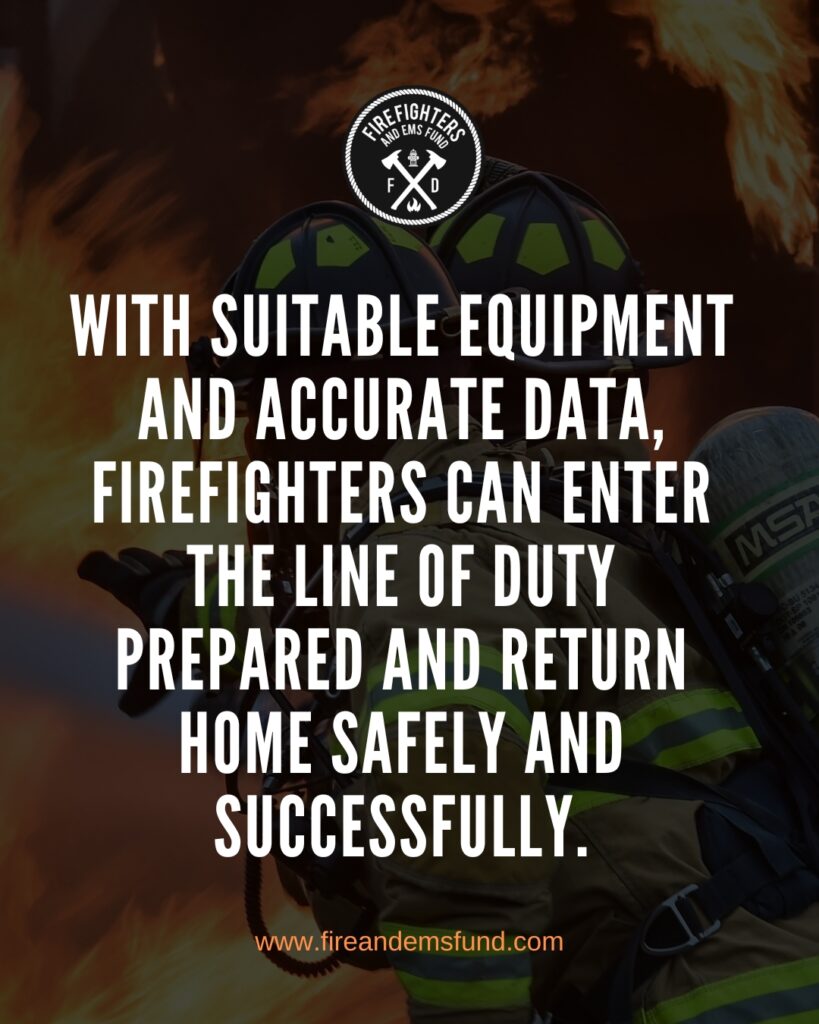
Politicians and the Public are on the Same Side
The legislative package received strong bipartisan support, reflecting a statewide awareness that defies larger political trends.
Research indicates that wildfire seasons are expected to become longer, with more areas of the state at risk. According to data from the First Street Foundation, nearly 9 million properties are at risk of wildfire over the next 30 years. Naturally, this endangers the lives and goods of people from all corners of the public arena.
The rapid movement of these bills through the Legislature demonstrates a unified sense of urgency. The rapid and multi-pronged legislative response represents a comprehensive approach to Texas wildfire preparedness that goes beyond reactive measures to establish proactive prevention and response systems.
What Do These Bills Mean for Firefighters & EMS Workers?
In 2024, volunteer departments in the Panhandle were using expired gear, old respirators, and malfunctioning radios while battling the blazes, and these deficiencies were costly.
The new legislation directly addresses these shortcomings. The removal of funding caps and creation of equipment inventories will help small departments better prepare and coordinate their efforts.
Meanwhile, these bills will likely improve utility oversight and communication through enhanced coordination systems. Data-informed prevention tactics, including fuel-load studies and risk zone mapping, will enable more strategic resource deployment and preparedness planning.
Firefighter Safety is Key
The Fire and Emergency Medical Services Federation commends Texas for taking proactive and comprehensive steps following the 2024 wildfire disasters.
The emphasis on rural volunteer fire departments is particularly significant, as these departments often operate with limited budgets and outdated equipment while serving as the first line of defense against wildfires, a reality not unique to Texas and one that mirrors broader national conversations around firefighter safety and wellness. The funding reforms and equipment inventory systems will provide these critical departments with the necessary resources to protect their communities effectively.
At the Firefighters and EMS Fund, continued monitoring is key to seeing these reforms across rural departments statewide. If successful, these bills may become a model for other states facing similar challenges with wildfires and could inspire future public safety ballot measures and referendums. With suitable equipment and accurate data, firefighters won’t have to jump into the frying pan unprepared – and they will have a greater chance to return home safely and successfully.

